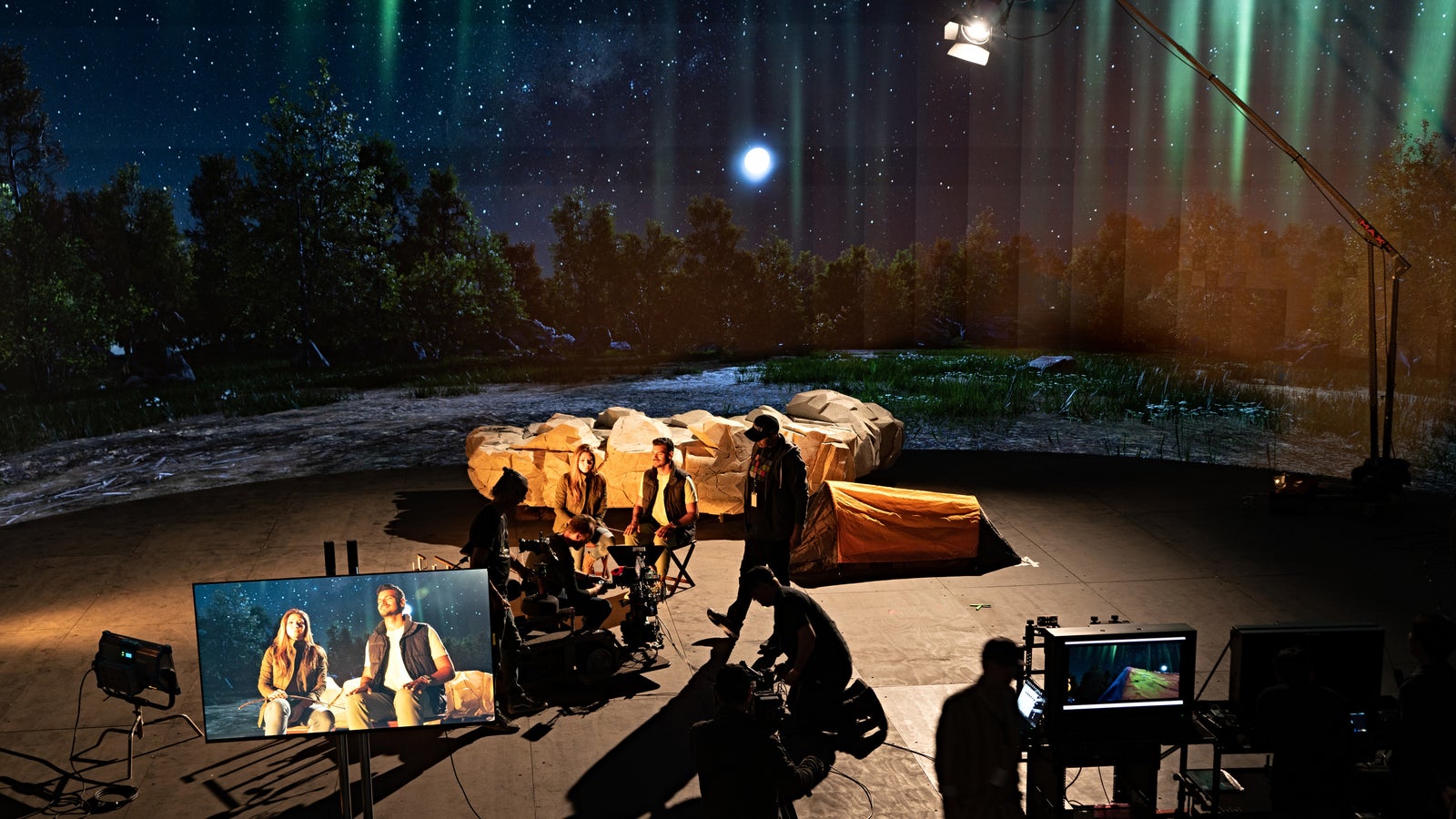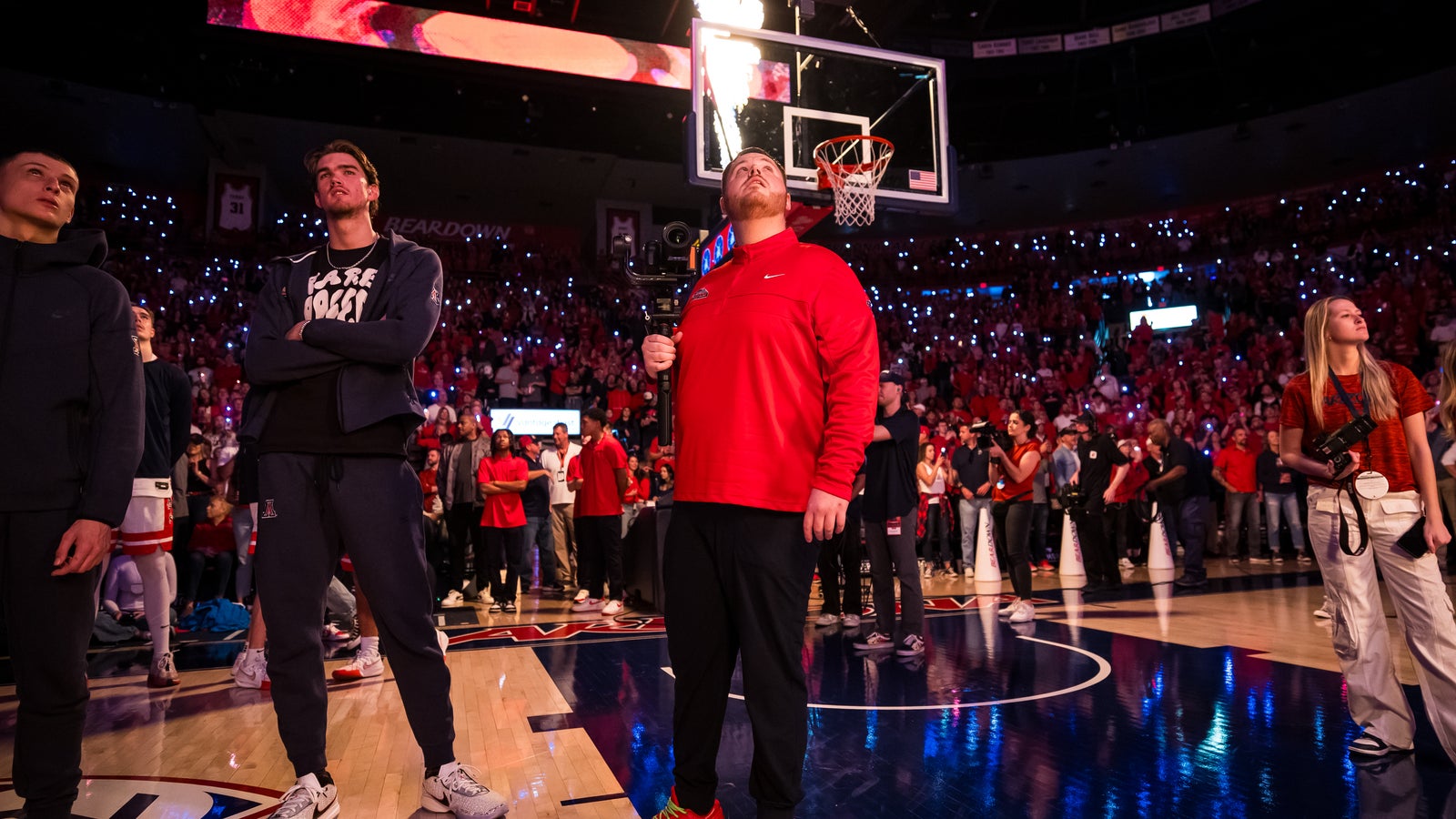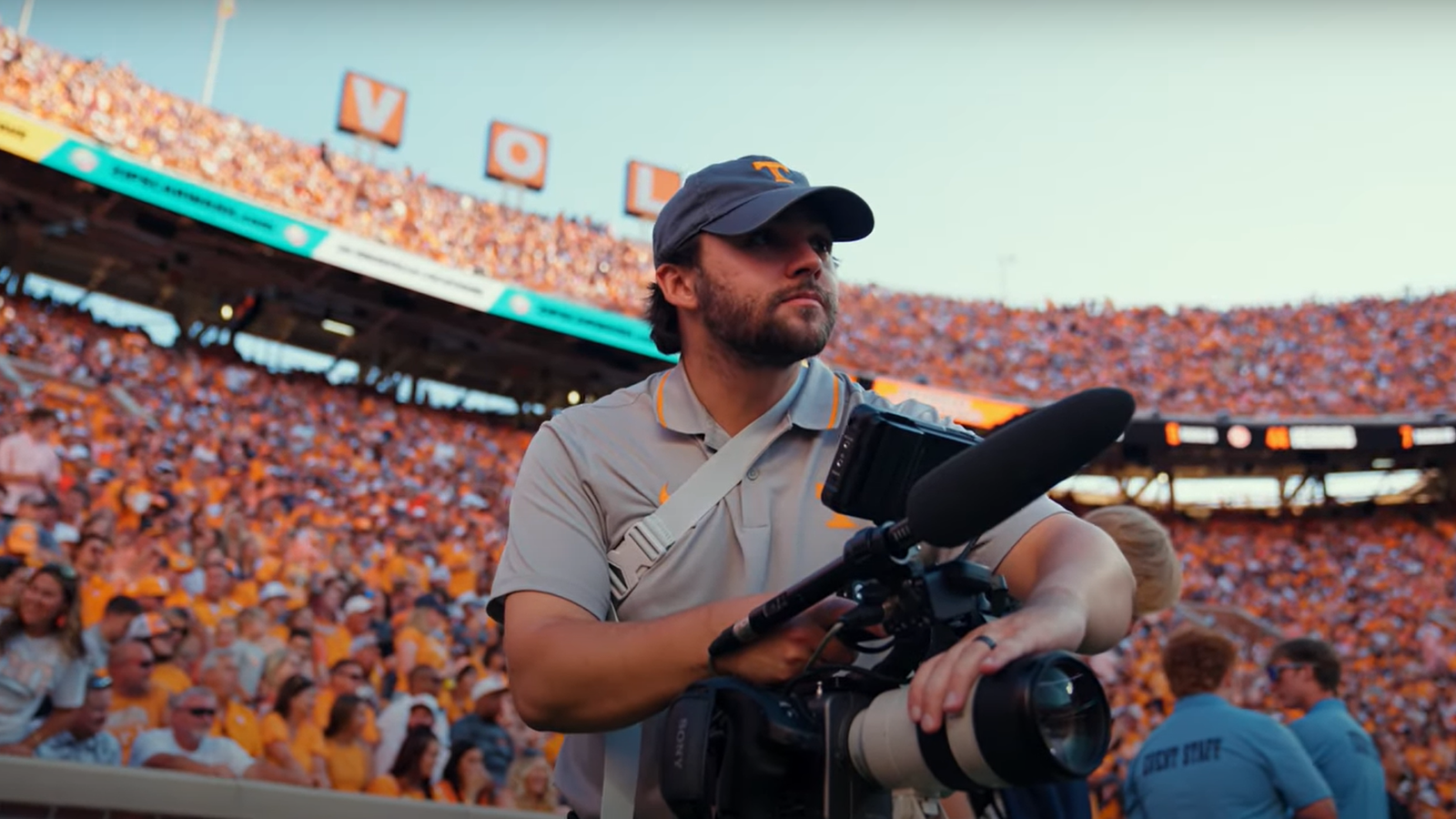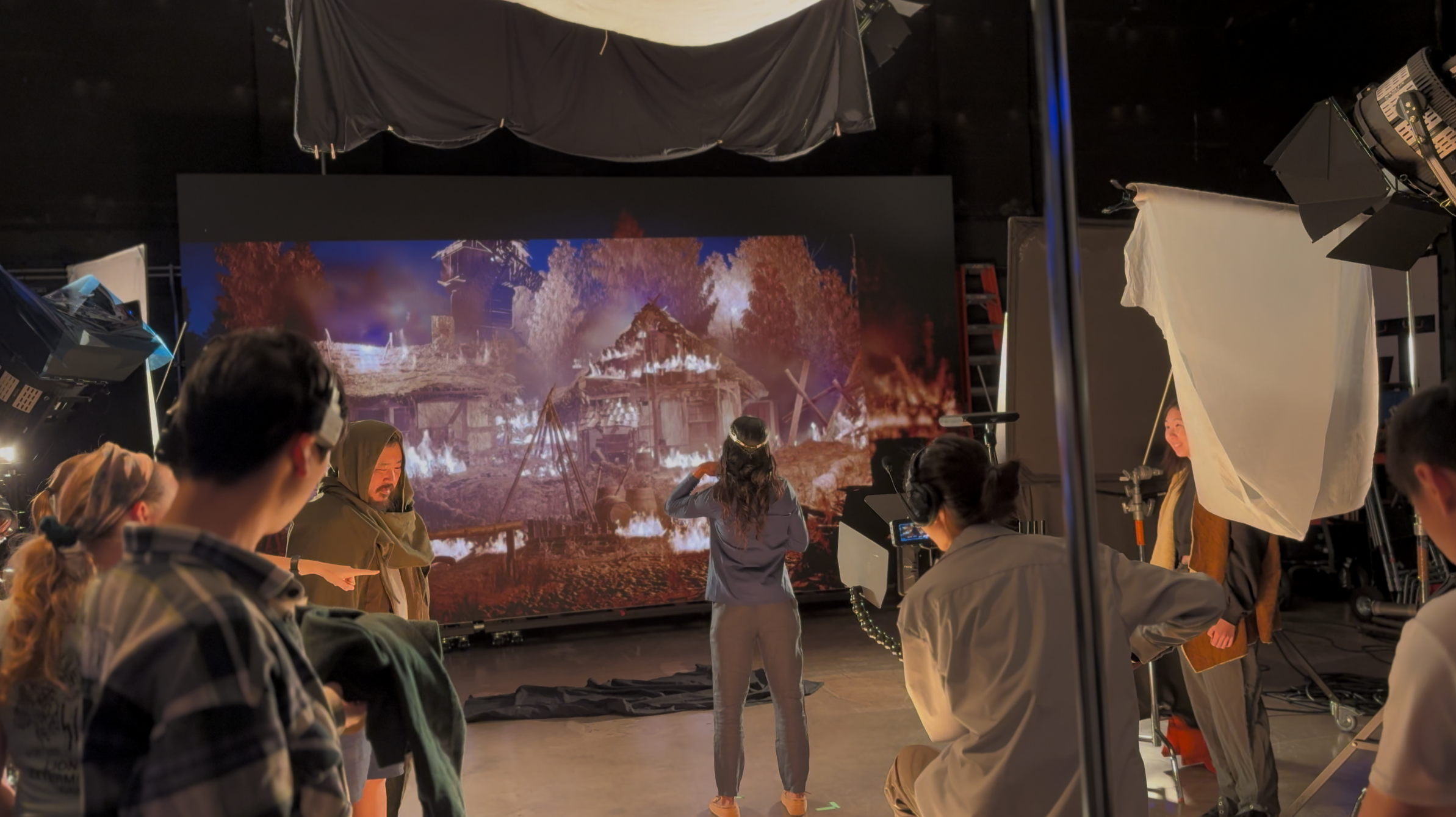
12-09-2024 - Case Study
USC School of Cinematic Arts and Sony: How A Partnership Forges New Filmmakers
By: Yaroslav Altunin
The University of Southern California isn't just a storied institution. It's home to the School of Cinematic Arts (SCA), where brilliant filmmakers have fine-tuned their craft before graduating and going on to make iconic films. From George Lucas, Doug Liman, Shonda Rhimes, and Kevin Feige to John August, Melissa Rosenberg, Stacey Sher, Rick Famuyiwa and Alice Brooks, USC graduates have molded the entertainment industry.
However, to truly understand what the industry needs, USC must have a connection to all parts of the creative process. This includes the tools that make such films possible and the companies that make those tools.
Since partnering with the USC School of Cinematic Arts three years ago, Sony Electronics has become a foundational element for its curriculum and given students access to state-of-the-art tools that drive the visual language of cinema. From digital cinema cameras to the Crystal LED wall used for virtual production at the Robert Zemeckis Center for Digital Arts, the partnership feeds the future of the entertainment industry.
Sony Cine sat down with Elizabeth Daley, Dean of the USC School of Cinematic Arts, and Brad Kean, Director of Digital Media & Technology, to better understand how the partnership with Sony defines the industry, crafts new creatives, and develops new tools for the world of entertainment.
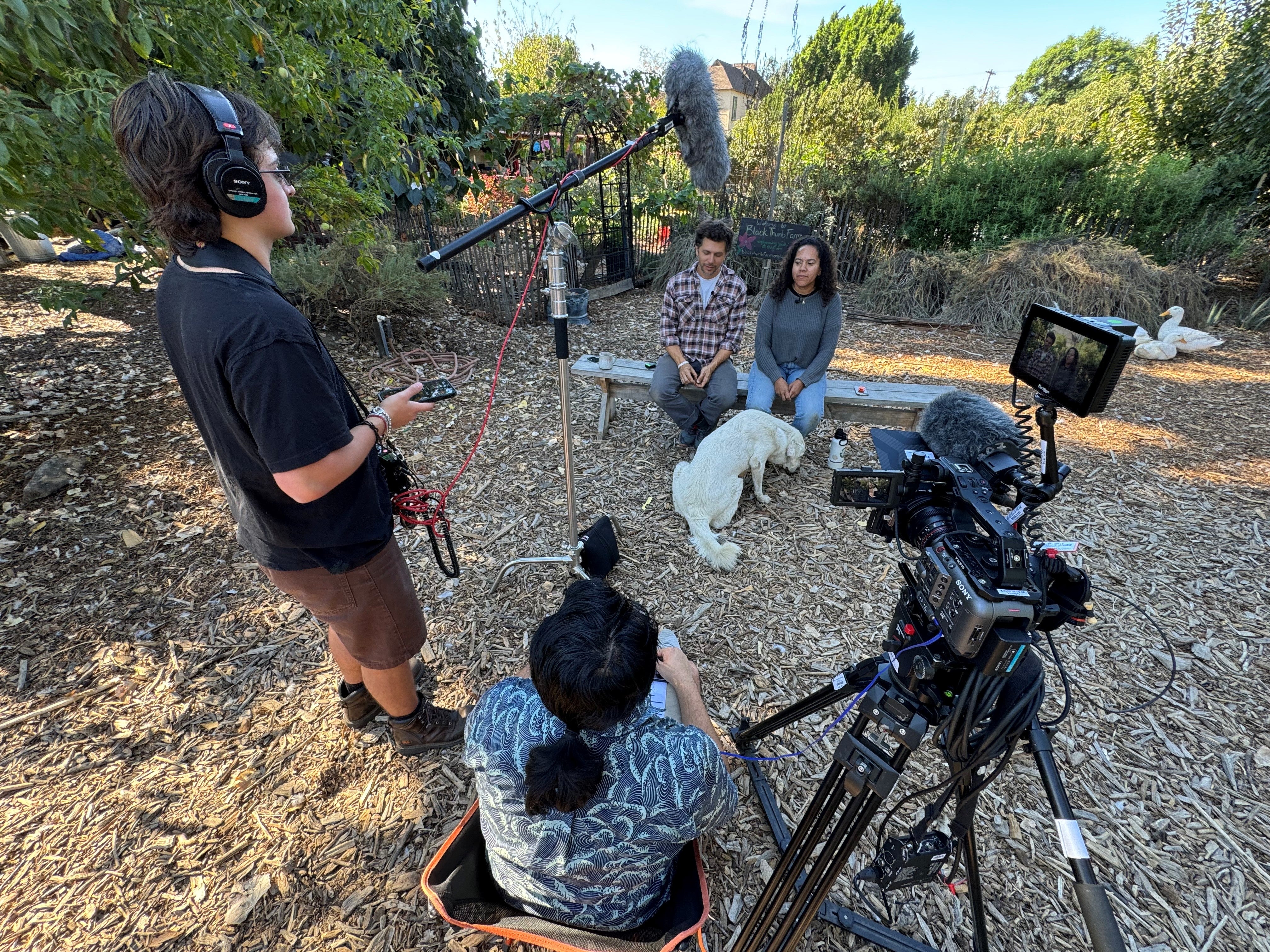
Sony and USC Forge New Filmmakers
A partnership, by definition, is a collaboration that benefits both parties. When it comes to Sony Electronics and USC, creative knowledge and education flow in both directions. Students benefit from access to cameras such as the Sony Cinema Line, the Sony VENICE, and virtual production tools like the Crystal LED wall.
On the other end, Sony’s engineering team benefits from seeing these tools used by future filmmakers. Engineering teams visit USC three times a year to see how their technology should evolve to benefit creatives.
"Our relationship with Sony goes back a very long way," Daley said. "In fact, the first corporate visit I made when I came (to USC) was to fly into New York and meet with Sony."
This synergy starts with the student. First and foremost, USC aims to educate students who can graduate and arrive on set ready to lead and innovate.
"A goal for us is when any student walks out of (USC), they are ready to go to work, day one," Daley said. "We train professionals, and you can't train professionals well unless you're training them on state-of-the-art, professional equipment."
The most recent addition to USC's toolkit has been the Sony Cinema Line, which has been incorporated through the curriculum to give students a chance to grow with the equipment. The School of Cinematic Arts now boasts 120 Sony FX30s, 52 FX6s, and 19 FX9s. Students progress from one camera to the next each year as they increase their skill level, refine their technique, and choose a discipline.
"With the latest Sony FX line of cameras, we've been able to upgrade our entire platform from the first semester. (the students) Come in all the way through the end so we can grow with them," Kean said. "It's the first time we've had incredibly high-end cameras right when you come in the door."
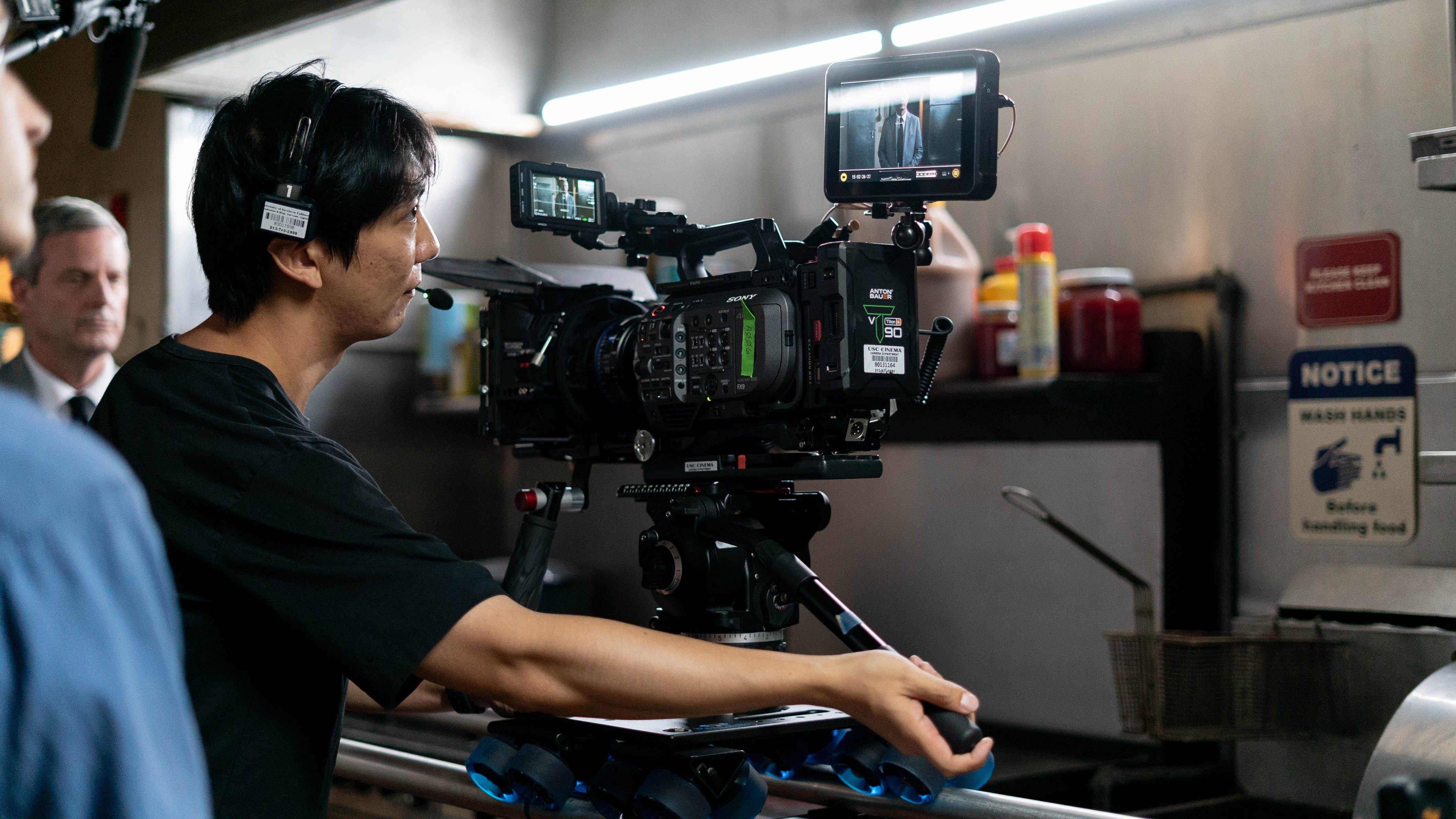
First-year students begin their cinematography and filmmaking education on the Sony FX30, a powerful yet compact cinema camera with a film-production oriented feature set. Unlike the basic camcorders, with fixed-lenses and smaller sensors, that were used before, the FX30 provides a more traditional Super 35 sensor, interchangeable lenses, cinema-focused dynamic range, and Dual Base ISO: giving students greater control over their images right from the beginning of their education. Filmmakers can learn how to shape light, compose for a cinematic frame size, and better understand how camera gear can affect each project. By building this foundation within the Sony ecosystem, students also grow with their tools as they upgrade to more sophisticated cameras.
"You make a great project out of an FX30," Kean continued. "And then (the students) can continue to grow with the FX6 and the FX9. And now we have VENICE, as well."
"What it means for their creativity is they really can capture whatever story they imagine. There are no technical limitations there.”
The power of the FX30 lies in its ability to thrive on big-budget productions, while being an entry-level camera. This allows USC to keep its entire program working on a single camera system. This also includes non-film-focused students who can use the FX30 to achieve the same imagery as their cinematography cohort.
"We were looking for the most entry-level camera in the Cinema Line because we wanted to standardize that across all of our programs," Kean said. "So even our non-cinematography classes, like classes in media theory or non-majors from outside the School of Cinematic Arts… would be able to shoot 4K and 24.00 fps, matching the exact same workflow as the higher end cameras."
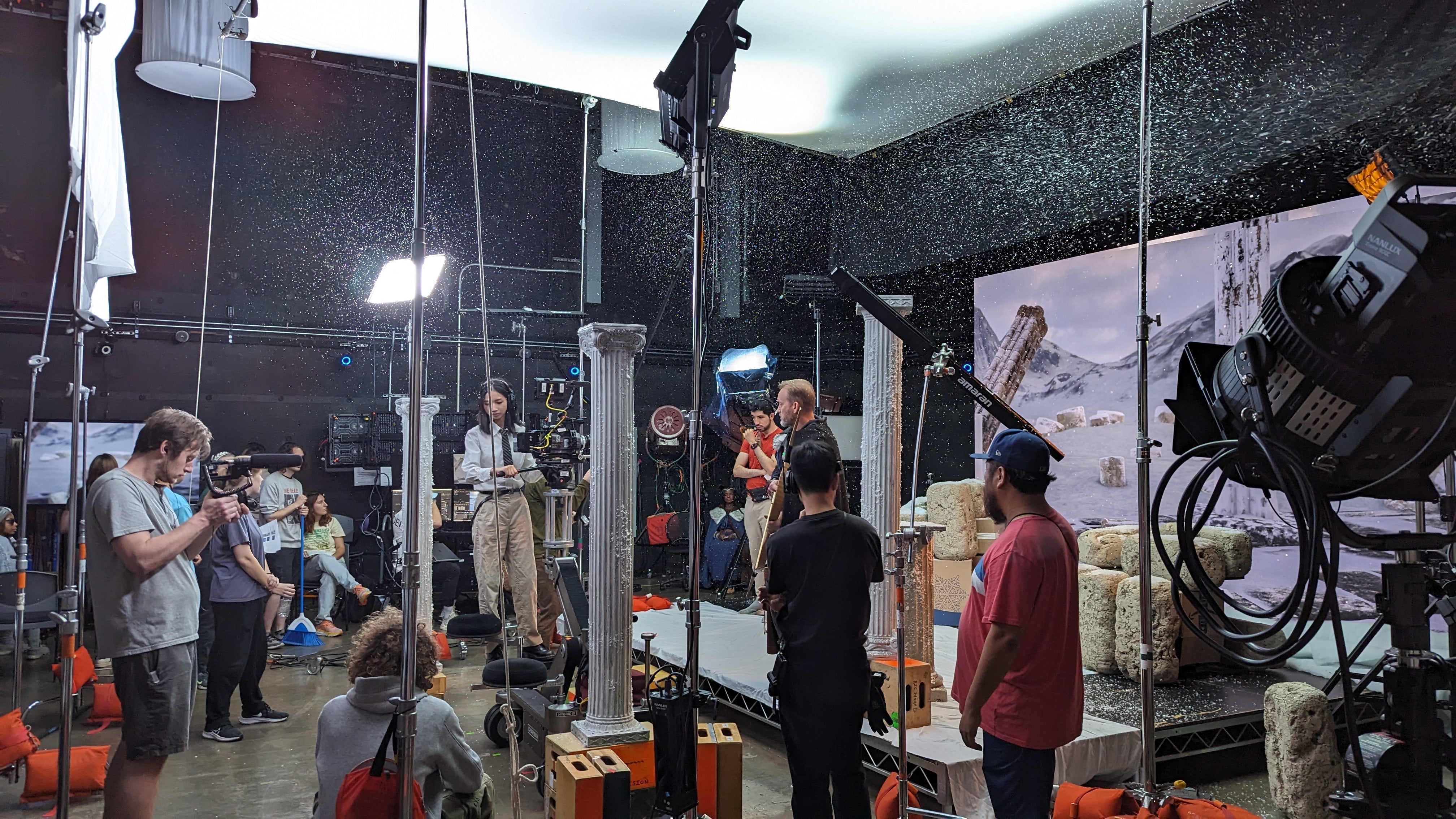
With cameras from a single camera line, USC can now unify not only the image pipeline but also its education material, streamlining its classes and equipment management needs.
"We can create one set of documentation, and when you learn on the FX30, you can go right into FX6 and you'll be fine," Kean said. "You'll know how to handle all the media and set up all the Avid settings, and there's very little learning curve in terms of the technology workflow."
For thesis films or advanced projects, students are given access to the Sony VENICE. Most recently, the student short by Robin Wang, "Neither Donkey Nor Horse," was announced as one of the 2024 Student Academy Award winners, which qualified it for the Academy Awards. Funded by an Alfred P. Sloan Foundation grant, this film brought together a crew of USC students and a USC alumnus to DP.
Since the students were taught on a unified camera system, the crew, director, and DP worked from the same foundation. It wasn't just the camera that made the project look stunning, but the talents the students forged from years of working within the same technology ecosystem.

How Sony's CLED Wall Builds Collaboration At USC
The Robert Zemeckis Center for Digital Arts was built with the mission to house the most cutting-edge technology. Here, USC has installed the Sony Crystal LED wall for virtual productions, granting access to technology typically found in high-end productions. Focused on providing future-based training, students are given unfettered access to explore these tools to learn how to incorporate them into the storytelling process and develop the expertise needed to tackle an ever-evolving entertainment industry.
"With the LED wall, the wonderful thing is we can go places we could never go physically. We can create images that don't exist easily. We can imagine worlds that don't exist and give people immersive experiences in them." Daley said. "But it's all in service of creating that human experience."
However, Dean Daley's focus isn't on having the technology to fix issues with a project or film. It is there to support the creative so they can do more with their vision. But it's not just the director or cinematographer. Dean Daley has put her entire student body and faculty under that umbrella.
"They're all tools, and you still need great filmmakers to be able to use those tools," Daley said. And by filmmakers, I mean everybody from the costume designer to the editor and the composer. They're all filmmakers."
"It's the collaboration of all of those amazing (creative minds) that makes the film and allows those tools to be of service," Daley added. "And Sony has always really understood that the creator is in the driver's seat."

While other companies have offered to loan their LED walls to USC, Dean Daley chose to create a virtual production studio in-house so that students and faculty have a permanent space to learn, experiment, and be creative without having to compete for time with Hollywood productions.
To meet the mission statement of the Robert Zemeckis Center for Digital Arts, Sony’s Crystal LED wall was chosen as the focal point of this studio. With its high-brightness of 1,500 cd/m2, wide color gamut that covers 97% of DCI-P3, and anti-reflective matte finish that increases contrast, USC students can craft highly realistic scenes by blending the real world and the virtual world.
So far, the LED wall has been used on 16 projects over the course of a school year. Because it is easily accessible, many students often volunteer for these productions, which would be difficult on a wall loaned by a local company. And much like the FX30, it allows other disciplines to learn from this tool.
"I can have our scholars there to say, 'Okay, how is this affecting storytelling? What does this mean in terms of global production with our business (students)?'" Daley said. "We can take our MoCap straight onto the LED wall (which is right next door)."
For USC, Sony's Crystal LED wall isn't just a tool for creating fantastical worlds on campus. It's a beacon that brings multiple disciplines together. As the saying goes, it takes a village to raise a child. Ask any filmmaker, and they'll tell you every film they've made is their baby.
The LED wall and the Robert Zemeckis Center for Digital Arts have become that village, helping each production reach the pinnacle of its creativity.
"It's a place where we try to embrace the newest technologies," Daley said. "Where I feel that students, faculty, and staff can all work together, along with their industry partners and alums, to explore."
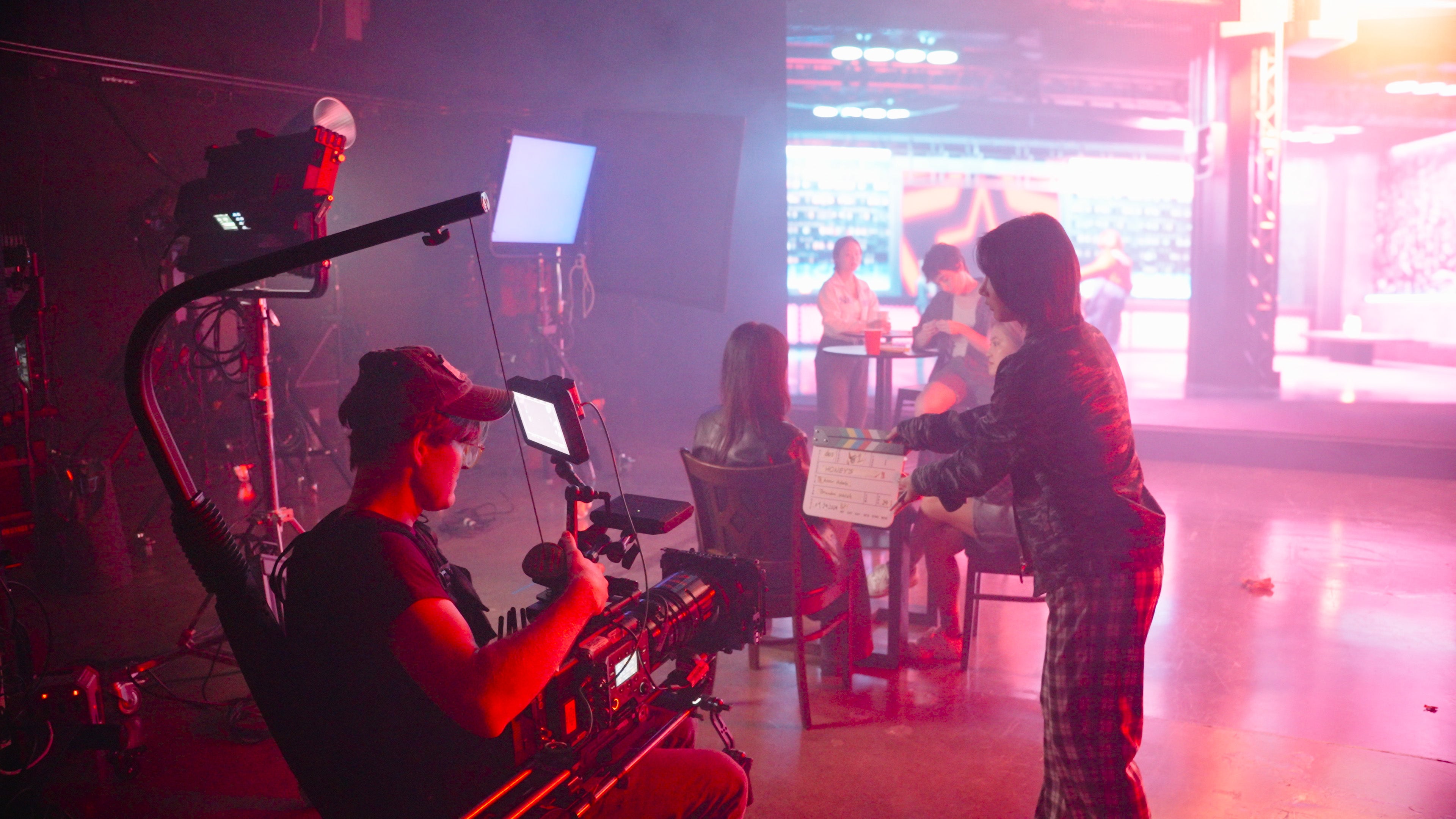
The Future for Sony and USC
Creative tools can change drastically, even over a short period of time. Having a partner like Sony Electronics removes that barrier of change so students learn not only the tools but also the fundamentals that are foundational to all gear.
"We try to get the students to also realize that the technology they use here is not going to be here in five years," Daley said. "But if they learned the core understanding of how that technology works as a tool to create user experiences, they'll be able to pivot and make the leap to whatever comes next."
"(Sony has) always been a partner to the industry, not just a sales company," Daley added. "They've worked with creators, and in doing so, I think they've been able to develop equipment and tools that are really useful to the industry."
And for Dean Daley, the film industry is unlike any other. Driven by creativity, it cannot be defined by historical trends or predicted by data on spreadsheets. You ride the wave made by its wake.
"It's a dynamic industry," Daley said. "There's always been a change since the very earliest forms of cinema."
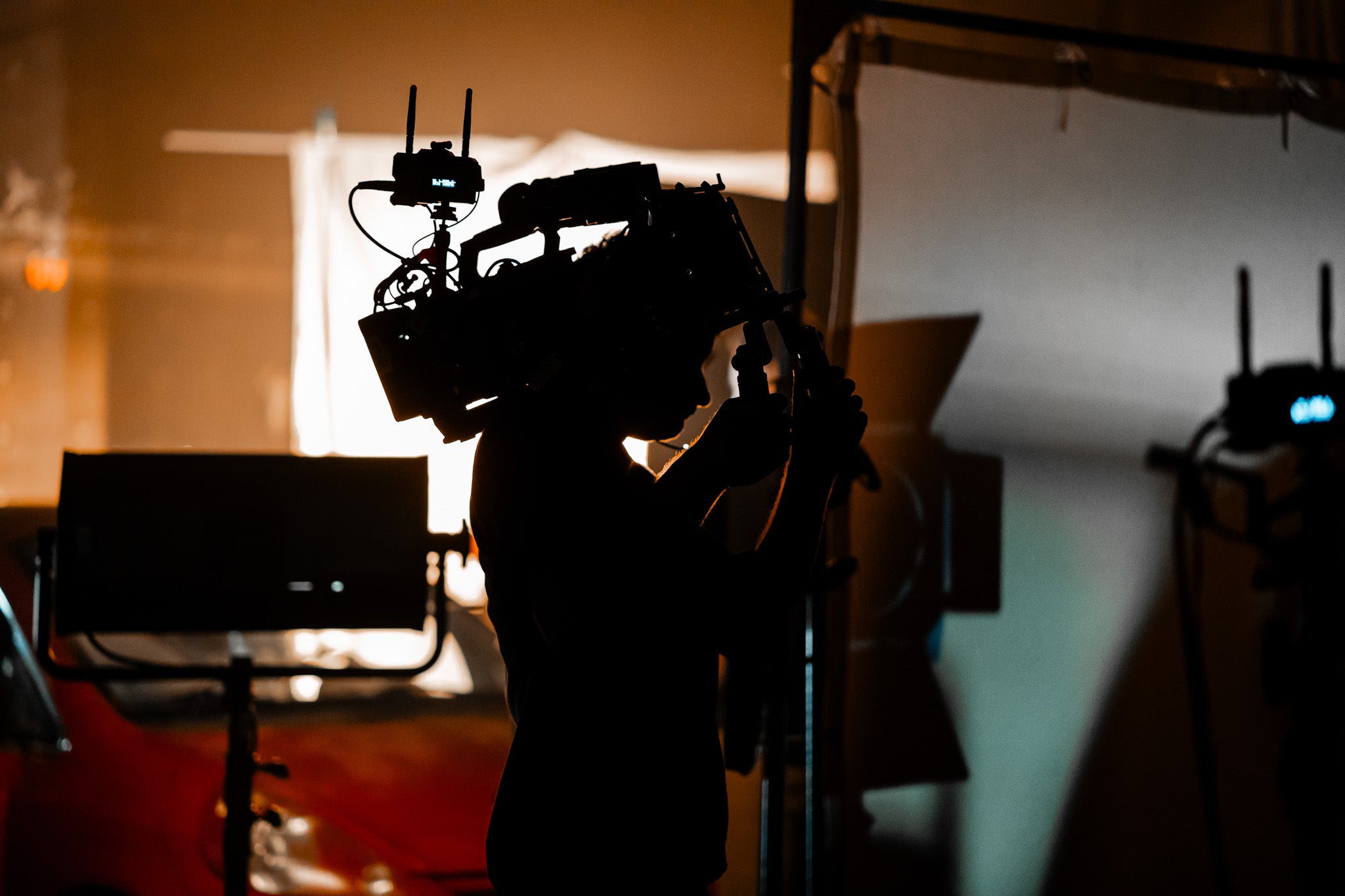
With this in mind, Dean Daley welcomes faculty based on industry merit. Director Chris Eyre, and Director of Photography Robert Yeoman are there because of their accomplishments on set and on the page, as are notable alumni like Robert Zemeckis who return from time to time to teach the next generation of students.
"We only want to hire people who have done what they teach at a high level of excellence," Daley said. "So that they bring to the students that knowledge and that experience. This is not a business you learn from a book."
"What you do is you create an environment where (a student's) talents, whatever they may be, come out," Daley added. "Where they can find the collaborators and the creative partners that they're going to need."
At USC, students not only find collaborators with each other but also with their faculty and corporate partners like Sony Electronics, gaining valuable connections that they can depend on when they graduate.
"Sony has always been there for us, and I think always understood that if you put tools in the hands of the next generation, they will help you develop them. And when they go out as professionals, they will continue to use them and be your partner."
To learn more about other areas where Sony is bringing the power of Virtual Production to students, check out this article: Texas A&M's College of Performance, Visualization and Fine Arts Selects Sony Electronics To Provide Technology for Virtual Production Institute
Join our Sony EDU program for exclusive content and promotions for faculty and students and to learn more about how to bring Sony to your school, visit: https://alphauniverse.com/edu/
